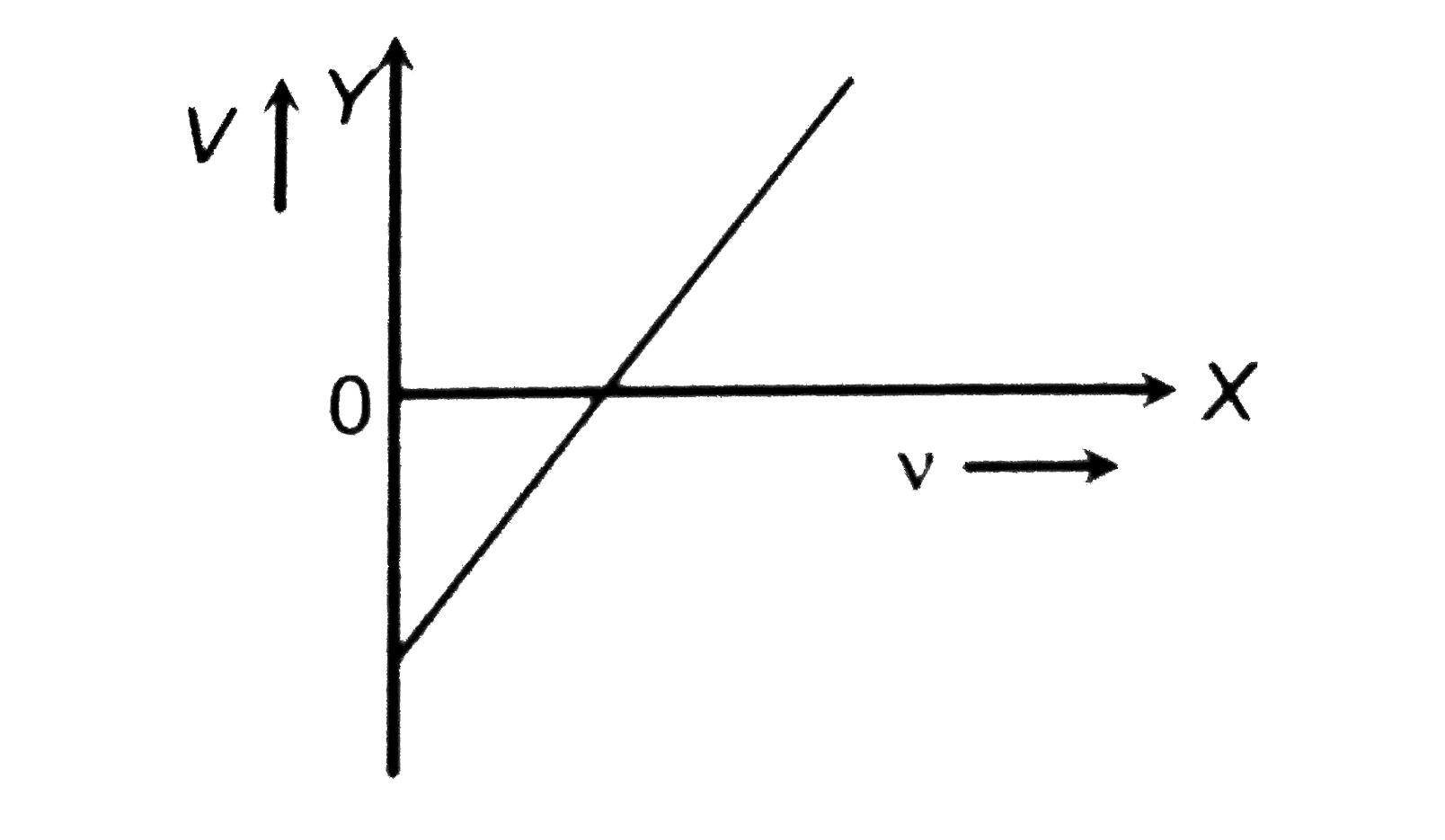For a lst order reaction , a straight line is obtained if you plot
(a) log conc. vs time
(b) conc. vs time
(c) 1/conc. vs time
(d) log conc. vs 1/time
The correct Answer is:A
To determine what kind of graph yields a straight line for a first-order reaction, we can follow these steps:
1. Understand the Rate Law for First-Order Reactions:
A first-order reaction can be expressed in terms of the concentration of the reactant. The rate law is given by:
Rate=k(A)
where k is the rate constant and (A) is the concentration of the reactant.
2. Integrated Rate Equation:
For a first-order reaction, the integrated rate equation is:
ln(A)=−kt+ln(A0)
where (A0) is the initial concentration, (A) is the concentration at time t, and k is the rate constant.
3. Rearranging the Equation:
We can rearrange the equation to express it in a linear form:
ln(A)=−kt+ln(A0)
This can be rewritten as:
y=mx+c
where y=ln(A), m=−k, x=t, and c=ln(A0).
4. Plotting the Graph:
- On the y-axis, we plot ln(A) (the natural logarithm of the concentration).
- On the x-axis, we plot time t.
- The slope of the line will be equal to −k, and the y-intercept will be ln(A0).
5. Conclusion:
Therefore, for a first-order reaction, a straight line is obtained when we plot ln(A) versus time t.
Final Answer:
For a first-order reaction, a straight line is obtained if you plot ln(A) versus time t.
---
A first-order reaction can be expressed in terms of the concentration of the reactant. The rate law is given by:
Rate=k(A)
where k is the rate constant and (A) is the concentration of the reactant.
For a first-order reaction, the integrated rate equation is:
ln(A)=−kt+ln(A0)
where (A0) is the initial concentration, (A) is the concentration at time t, and k is the rate constant.
We can rearrange the equation to express it in a linear form:
ln(A)=−kt+ln(A0)
This can be rewritten as:
y=mx+c
where y=ln(A), m=−k, x=t, and c=ln(A0).
- On the y-axis, we plot ln(A) (the natural logarithm of the concentration).
- On the x-axis, we plot time t.
- The slope of the line will be equal to −k, and the y-intercept will be ln(A0).
Therefore, for a first-order reaction, a straight line is obtained when we plot ln(A) versus time t.
For a first-order reaction, a straight line is obtained if you plot ln(A) versus time t.
Topper's Solved these Questions
- CHEMICAL KINETICSBOOK - AAKASH INSTITUTE ENGLISHCHAPTER - CHEMICAL KINETICSEXERCISE - ASSIGNMENT (SECTION B : Objective Type Questions)
20 Videos
- CHEMICAL KINETICSBOOK - AAKASH INSTITUTE ENGLISHCHAPTER - CHEMICAL KINETICSEXERCISE - ASSIGNMENT (SECTION C : Previous Year Questions)
62 Videos
- CHEMICAL KINETICSBOOK - AAKASH INSTITUTE ENGLISHCHAPTER - CHEMICAL KINETICSEXERCISE - EXERCISE
30 Videos
- CHEMICAL BONDING AND MOLECULAR STRUCTURE BOOK - AAKASH INSTITUTE ENGLISHCHAPTER - CHEMICAL BONDING AND MOLECULAR STRUCTURE EXERCISE - Assignment Section J (Aakash Challengers Questions)
10 Videos
- CHEMISTRY IN EVERYDAY LIFE BOOK - AAKASH INSTITUTE ENGLISHCHAPTER - CHEMISTRY IN EVERYDAY LIFE EXERCISE - Assignment ( SECTION - A)
45 Videos
Similar Questions
According to the Arrhenius equation a straight line is to be obtained by plotting the logarithm of the rate constant of a chemical reaction (logk) against
View SolutionA plot of logarithm of rate vs logarithm of concentration of the reactant in a first order reaction is straight line whose slope is tanθ, where θ is
View SolutionWhen rate is plotted vs (a−x)n, a straight line is obtained with positive slope, passing through orgin. Draw the graphs and discuss.
View SolutionThe plot of concentration of the reactant vs time for a reaction is a straight line with a negative slope. This reaction follows
(a)zero order rate equation
(b)first order rate equation
(c)second order rate equation
(d)third order rate equation
View SolutionA graph plotted between logt12 vs log concentration is a straight line. What is your conclusion?
[Given : n = order of reaction]
View SolutionFor a zero order reaction, the plot of concentration, vs time is linear with
View SolutionThe stopping potential V for photoelectric emission from a metal surface is plotted along Y - axis and frequency v of incident light along X - axis . A straight line is obtained as shown . Planck's constant is given by

View Solution
The stopping potential V for photoelectric emission from a metal surface is plotted along Y - axis and frequency v of incident light along X - axis . A straight line is obtained as shown . Planck's constant is given by
View SolutionA graph plotted between log t50% vs log concentration is a straight line. What conclusion can you draw from this graph?

View SolutionThe velocity-time plot for a particle moving on a straight line is shown in figure. Choose correct options .
View Solution
